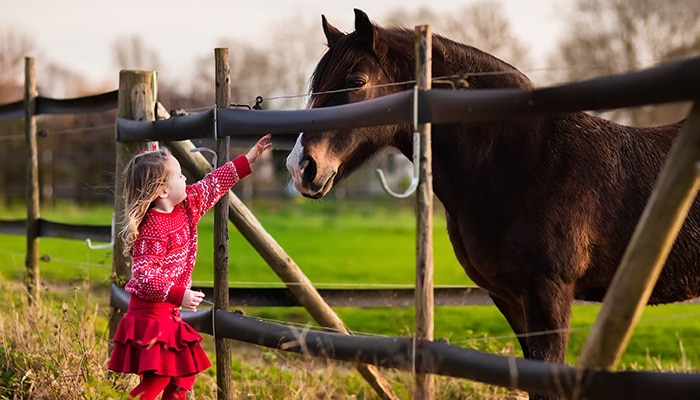While we believe that the books and resources recommended may be of value to you, keep in mind that these are suggestions only and you must do your own due diligence to determine whether the materials are appropriate and suitable for your use. PNC has no sponsorship or endorsement agreement with the authors or publishers of the materials listed.
ANIMAL FRIENDS

Tall & Short Animals
Children will explore the movement of tall and short animals.

Lesson Objective
Children will use movement to demonstrate that tall and short animals move on different levels.
Art
What You'll Need
- Large floor space
- Limbo bar
- Music selections (see Lesson Tips)
- Audio device for playing music
- Chart paper and marker
What To Do
Note: This lesson is best taught following the lesson, Chameleons in the Zoo, found on this website.
- Review some of the animals from The Mixed Up Chameleon by Eric Carle. Have the children compare the differences between tall and short animals such as the giraffe and the turtle or the polar bear and the fox.
- Explain that the term “level” describes how close to the ground something moves—for instance, a short animal like the turtle moves at a low level, a medium-sized animal like the fox moves at a middle level, and a tall animal like the giraffe moves at a high level.
- Have children give examples of animals that move at low, middle, and high levels. Chart their responses.
- Tell the children that they will be moving on different levels, just like animals that move at different levels.
- Review the important rules of dance lessons (see Lesson Tips).
- Play a music selection, and perform the steps of the Warm-Up (see Lesson Tips).
- Ask children to name a short animal that moves at a low level, and have them create a limbo line. Play some music such as the song Limbo Rock or music from Dora the Explorer.
- Hold the limbo bar, and have the children move under the limbo bar like a low-level animal—for example, slither like a chameleon, crawl like a turtle, or move sideways like a crab.
- Have the children name a tall animal (like a deer), and demonstrate how the animal moves at a high level. For instance, a deer leaps through the air at a high level.
- Demonstrate how to leap on one foot by extending the other leg out in front of your body as you reach the arms overhead to represent antlers. Have the children practice a few times.
- Play music such as Caribbean Leaps (album by Eric Chappelle), and have the children leap over the limbo bar.
- Allow the children to suggest a few more examples.
- Discuss the difference in the movement between the low-, middle-, and high-level animals.
- Play some calming music, and perform the steps of the Cool-Down (see Lesson Tips).
Resources
Home School Resources
Home educators: use these printable lesson PDFs to teach this lesson to your home schoolers. They're available in English and Spanish.
Content Provided By
Common Core State Standards Initiative – These lessons are aligned with the Common Core State Standards ("CCSS"). The CCSS provide a consistent, clear understanding of the concepts and skills children are expected to learn and guide teachers to provide their students with opportunities to gain these important skills and foundational knowledge [1]. Visit the CCSS


